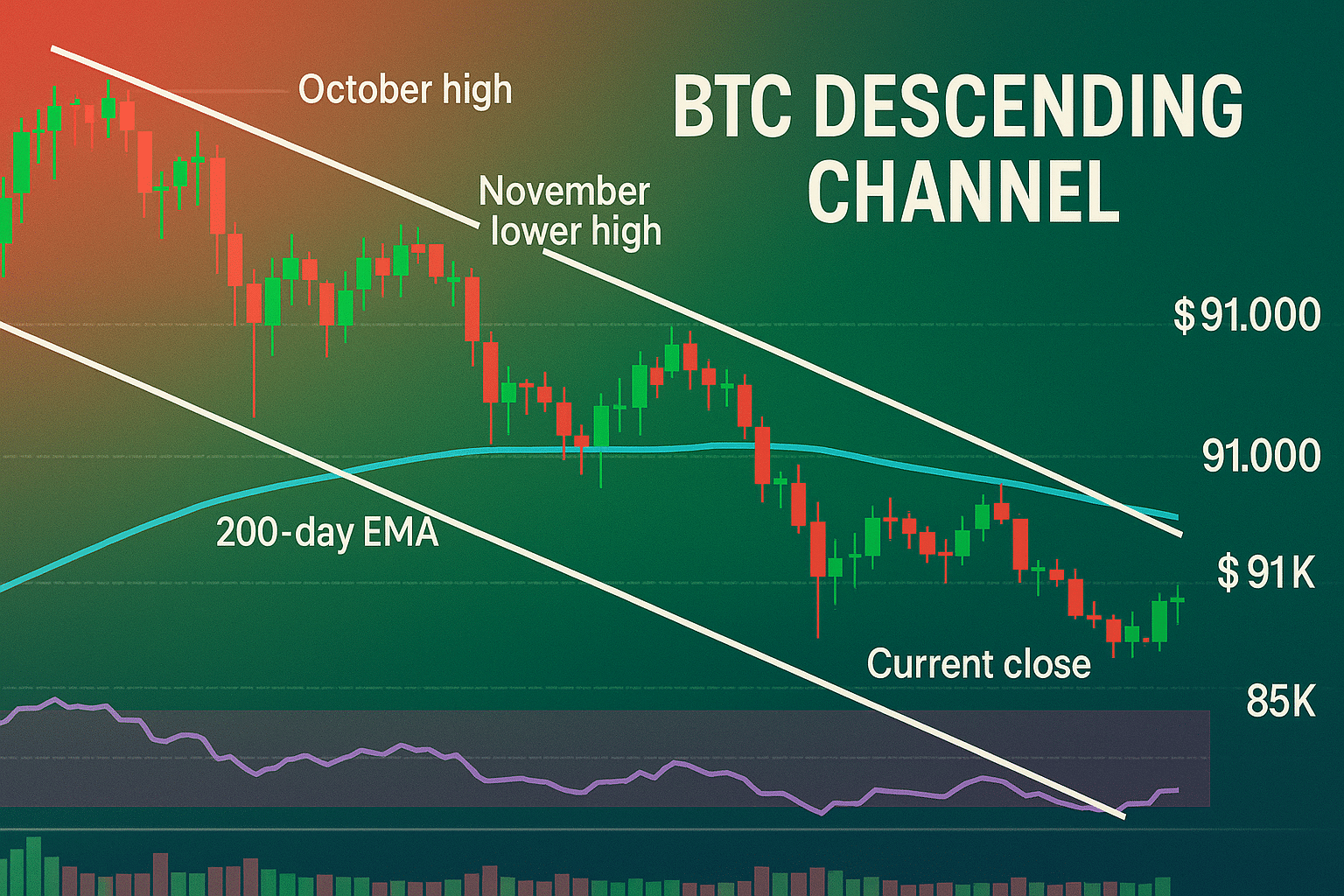The Impact of Macroeconomic Trends on Crypto Markets: Navigating the Global Economy
Cryptocurrency markets, once perceived as independent of traditional financial systems, are increasingly influenced by global macroeconomic trends. Factors such as inflation, interest rates, and global trade dynamics now play a significant role in shaping cryptocurrency prices and market behavior. In this article, we explore how these macroeconomic trends affect crypto markets, with insights drawn from the latest data and developments.
1. Inflation and Cryptocurrency Markets
Overview:
Inflation, the rate at which the general level of prices for goods and services rises, erodes purchasing power over time. Traditionally, assets like gold have been used as hedges against inflation. However, in recent years, cryptocurrencies, particularly Bitcoin, have gained popularity as an alternative store of value.
Impact on Crypto Markets:
- Bitcoin as Digital Gold: Bitcoin is increasingly viewed as a hedge against inflation, akin to digital gold. As inflation rises, investors often flock to Bitcoin, driving up its price. This trend has become particularly evident in countries experiencing hyperinflation.
- Increased Adoption: In inflationary environments, individuals and institutions may turn to cryptocurrencies to preserve wealth. This increased demand can lead to price appreciation in the broader crypto market.
Recent Developments:
- U.S. Inflation: The ongoing debate over inflation rates in the U.S. continues to influence Bitcoin prices. As the Federal Reserve adjusts its monetary policy, the crypto market closely watches for signals that could impact inflation expectations.
Learn More:
2. Interest Rates and Their Influence on Crypto
Overview:
Interest rates, set by central banks, are a key tool for managing economic activity. They influence the cost of borrowing and the return on savings, thereby impacting investment decisions across all asset classes, including cryptocurrencies.
Impact on Crypto Markets:
- Risk-On/Risk-Off Sentiment: Lower interest rates tend to encourage risk-taking by making borrowing cheaper and reducing returns on safe assets like bonds. This environment can lead to increased investment in riskier assets, including cryptocurrencies.
- Capital Flows: High interest rates might draw capital away from speculative assets like cryptocurrencies, as investors seek safer, higher-yielding investments. Conversely, lower rates can push investors toward crypto in search of higher returns.
Recent Developments:
- Federal Reserve Policies: Recent decisions by the Federal Reserve to raise or lower interest rates have had immediate effects on the crypto market, often leading to increased volatility.
Learn More:

3. Global Trade Dynamics and Cryptocurrency
Overview:
Global trade dynamics, including tariffs, supply chain disruptions, and trade agreements, can significantly impact global markets, including cryptocurrencies. The interconnected nature of the global economy means that changes in trade policies can ripple through various markets, including digital assets.
Impact on Crypto Markets:
- Currency Devaluation: Trade tensions and tariffs can lead to currency devaluation in affected countries. In such scenarios, citizens may turn to cryptocurrencies to protect their savings, driving up demand.
- Supply Chain Disruptions: Global supply chain disruptions, as seen during the COVID-19 pandemic, can impact the production and distribution of goods, leading to economic instability. Cryptocurrencies can serve as a safe haven during such times, attracting more investors.
Recent Developments:
- China-U.S. Trade Relations: Ongoing trade tensions between China and the U.S. have contributed to volatility in global markets, including cryptocurrencies. As China continues to develop its digital yuan, the global crypto market watches closely for potential shifts in trade policy.
Learn More:
4. The Role of Economic Indicators
Overview:
Economic indicators, such as GDP growth, unemployment rates, and consumer confidence, provide insights into the overall health of an economy. These indicators can also influence investor sentiment in the cryptocurrency market.
Impact on Crypto Markets:
- Market Sentiment: Positive economic indicators can boost investor confidence, leading to increased investment in risk assets, including cryptocurrencies. Conversely, negative indicators can lead to risk aversion, with investors pulling back from speculative investments.
- Correlation with Traditional Markets: As the crypto market matures, it increasingly correlates with traditional financial markets. Economic indicators that impact stock and bond markets may also affect cryptocurrencies, making them more sensitive to broader economic trends.
Recent Developments:
- Economic Recovery Post-Pandemic: As global economies recover from the COVID-19 pandemic, improvements in economic indicators have influenced market sentiment, leading to periods of bullish behavior in the crypto market.
Learn More:
5. The Future of Crypto in a Macroeconomic Context
Overview:
The ongoing integration of cryptocurrencies into the global financial system means that macroeconomic trends will likely continue to play a significant role in shaping the crypto market. As digital assets become more mainstream, understanding these macroeconomic influences becomes crucial for investors.
Impact on Crypto Markets:
- Institutional Adoption: As institutions integrate cryptocurrencies into their portfolios, they increasingly consider macroeconomic factors in their investment strategies. This integration further links the crypto market to broader economic trends.
- Regulatory Developments: Macroeconomic conditions also influence regulatory responses to cryptocurrencies. For example, economic instability might prompt governments to impose stricter regulations, impacting the market.
Recent Developments:
- Global Regulatory Landscape: As countries like the U.S. and China continue to refine their regulatory frameworks for digital assets, macroeconomic conditions will likely shape the direction and stringency of these regulations.
Learn More:
Conclusion
The impact of macroeconomic trends on crypto markets is becoming increasingly evident as the global economy navigates a complex landscape. From inflation and interest rates to global trade and economic indicators, these factors now play a pivotal role in shaping cryptocurrency prices and market dynamics. For investors, staying informed about these macroeconomic influences is essential for navigating the volatile and rapidly evolving crypto market.
For more in-depth analyses and guides on cryptocurrency trading and best practices, visit our crypto guides and news page.
If you’re interested in learning more about cryptocurrency trading and investment strategies, visit our Trading and Investment section.
Stay Updated
For the latest airdrops and crypto news, follow us on:
Stay informed with the latest updates, analyses, and strategies to help you navigate the world of cryptocurrency at FreeCoins24.io.
Special Offer
For an enhanced trading experience, consider Bybit. Sign up through our referral link to unlock exclusive rewards, including up to $30,000 in deposit bonuses, and elevate your trading journey.

















